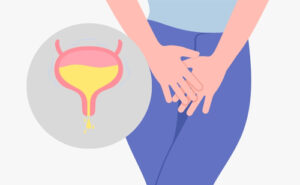
Nearly half of New Zealand women have problems with urinary incontinence. A new study published in The New Zealand Medical Journal provides an insight into just how common incontinence issues are.1 Both women and men will experience bladder or urination related issues, especially in later life. It’s estimated that 600,000 Kiwis (men and women) have bladder control problems.2
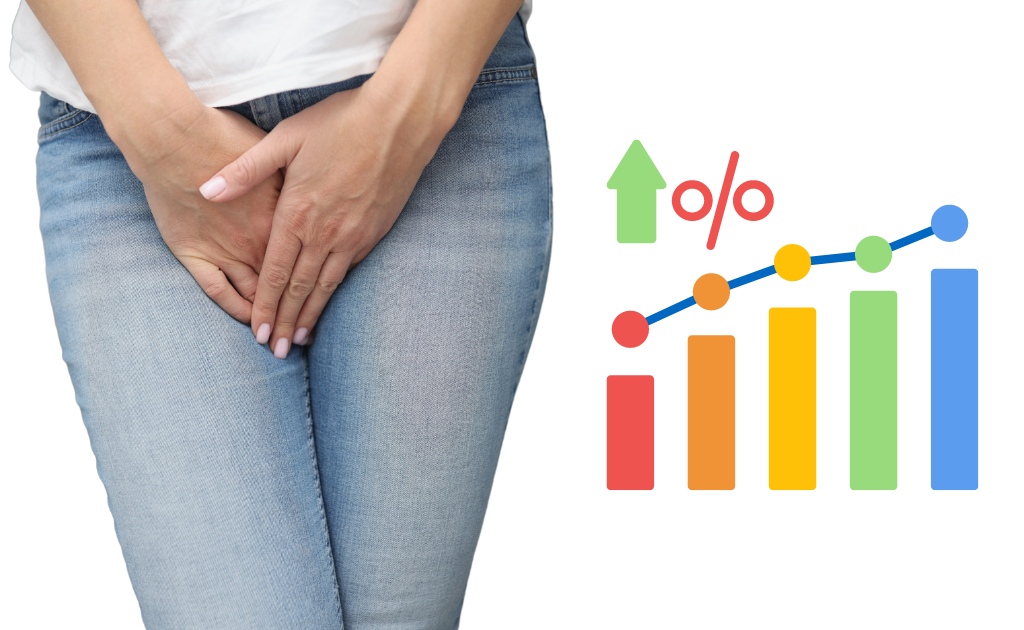
The aim of the study was to estimate the prevalence of urinary incontinence in women in New Zealand. The researchers also explored associations with age, ethnicity, body size, and parity. The data used was from the New Zealand Health Survey 2014/2015.
The researchers found that complaint of urinary incontinence is highly prevalent in New Zealand women. Urinary incontinence in this study was categorised as “a few drops”, “enough to wet your underwear”, “enough to wet your outer clothing”, and “enough to wet the floor.”
You can find some of the key findings of the study below.
Over 50% of women aged 50 to 74 years reported urinary incontinence. Confirming the well-established connection with older age.
Around 45% of women aged between 30 to 49 years old reported urinary incontinence.
Around 21% of women between the ages of 16 to 29 reported urinary incontinence. Showing there is still prevalence in younger age groups.
Around 62% of those with incontinence reported frequency as more than monthly. With 47% having incontinence at least once a week and 15% experiencing it daily. The remaining experience incontinence less than monthly.
Those with a lower Body Mass Index (BMI) had a lower probability of incontinence, while those with the higher BMI had a higher probability of incontinence comparatively. However, it was also observed that those with a lower BMI but increased parity saw a higher probability of incontinence.
Parity data was gathered using the question “How many live children have you given birth to?” It was found that generally as incontinence probability increased with parity. The biggest increase was seen when parity moved from 0 to 1 (parity 0 indicates women having their first baby).
While urinary incontinence is a common and sometimes embarrassing problem, it can often be treated without the need for drugs or surgery – depending on the cause. For many people incontinence can usually be improved or prevented using bladder training and/or pelvic floor training.
If you want to learn more about the management of urinary incontinence, we recommend you read our article on overactive bladder. This article examines one of the common causes, and how to treat urinary incontinence.
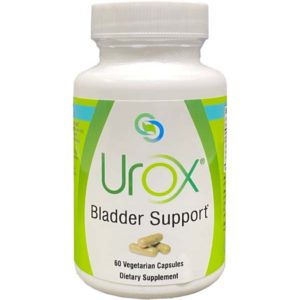



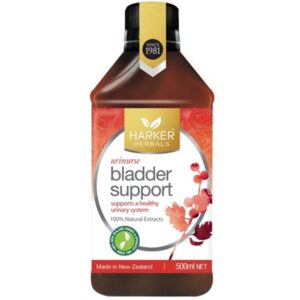
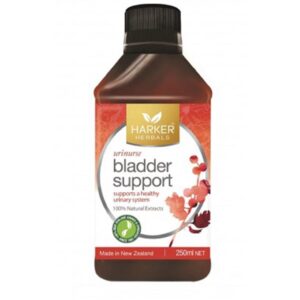
Refrences:
Written by Paul Taylor
Paul Taylor is a healthcare content writer with 5 years’ experience creating patient friendly articles for patients across New Zealand. He specialises in accessible condition guides, health and wellbeing tips, prescription FAQs, and OTC advice, translating complex drug information into clear, actionable content. Paul works closely with licensed ZOOM pharmacists and cites authoritative sources (peer reviewed journals and national clinical guidelines) to ensure evidence based, up to date content. His goal is to help readers feel empowered and informed about their health and wellbeing. Content is educational and not a substitute for medical advice.